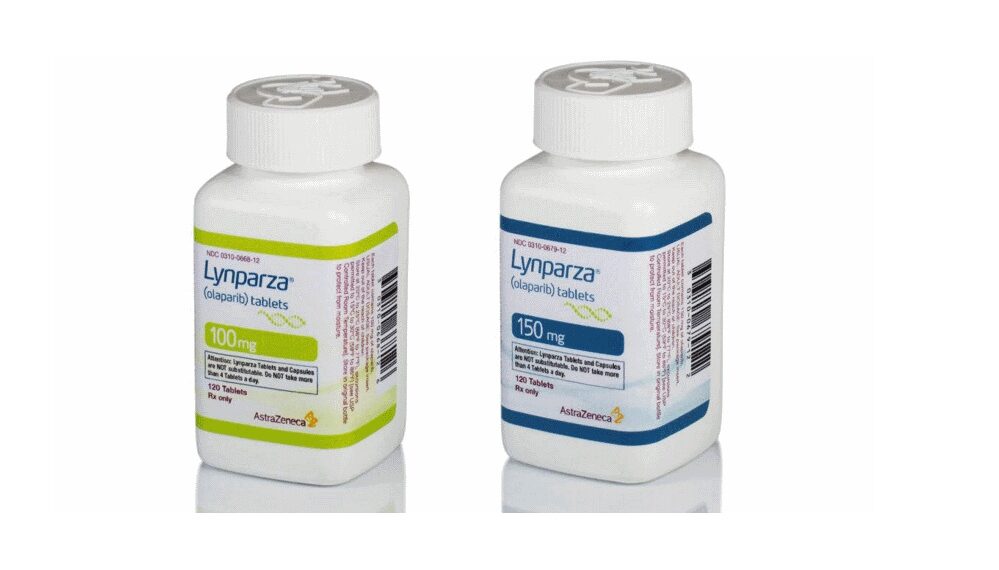The FDA approved the AstraZeneca and Merck medications for a select subset of individuals with severe early-stage breast cancer, after chemotherapy before or after surgery. The patient’s tumour must have BRCA mutations in the germline and be HER2-negative. According to the pharma partners, approximately 91 percent of all breast cancer patients in the United States are detected early, with BRCA mutations found in approximately 5% to 10% of cases. It is the first PARP inhibitor and the first targeted therapy for the post-surgery breast cancer context known as adjuvant treatment.
As per SVB Leerink analyst Andrew Berens, M.D., the ajudvant breast cancer setting could represent a $1.5 billion opportunity for Lynparza based on the patient demographic. Lynparza demonstrated its worth in the phase 3 OlympiA trial, which led to this approval. The targeted medicine lowered the chance of invasive breast cancer relapses, disease progression, or death by 42 percent when compared to placebo. Lynparza had already yielded a positive hint that it could help patients live longer when investigators presented their intrusive disease-free survival data during the plenary at the American Society of Clinical Oncology conference last year.
A new analysis has revealed that patient survival has improved in a “statistically significant and clinically meaningful” way. According to AZ and Merck, Lynparza reduced the chance of dying by 32% compared to placebo. Given that several subsequent therapies may dilute the effect, it can be challenging for cancer medications to show a considerable survival benefit in early treatment settings. Even if driving BRCA testing may be difficult, the overall survival study provides Lynparza with one powerful piece of medical evidence to persuade clinicians.
Lynparza was formerly licenced in the United States to cure BRCA-mutated metastatic breast cancer that had previously been treated with chemotherapy. The PARP inhibitor is the most frequently prescribed medicine in its class, including indications for prostate cancer, ovarian cancer, and pancreatic cancer. At constant currency rates, Lynparza earned $2.35 billion in revenues for AZ last year, up 30% from the year before that at constant currency rates. There are no company-sponsored phase 3 trials in adjuvant breast cancer for other marketed PARP inhibitors, such as GlaxoSmithKline’s Zejula, Clovis Oncology’s Rubraca, or Pfizer’s Talzenna.
Meanwhile, AZ and Merck recently announced another impressive victory for Lynparza in newly diagnosed metastatic, castration-resistant prostate cancer, illustrating that when blended with Johnson & Johnson’s Zytiga and a steroid, patients could live longer without progression of the disease regardless of their homologous recombination repair (HRR) genetic mutation status. The HRR gene panel contains BRCA genes.
Merck is also testing Lynparza with or without Roche’s Avastin as a first-line standard treatment in colorectal cancer patients who have not progressed after an induction treatment. The results of the LYNK-003 phase 3 trial are anticipated next year.



















